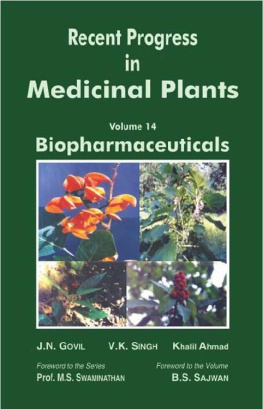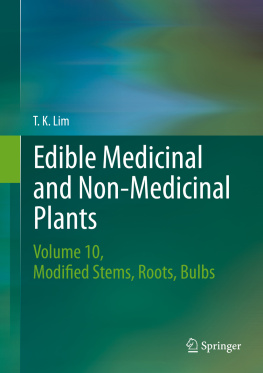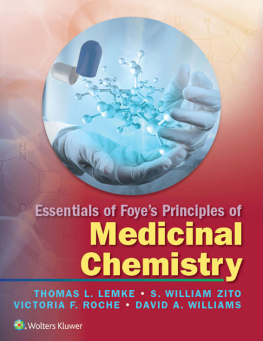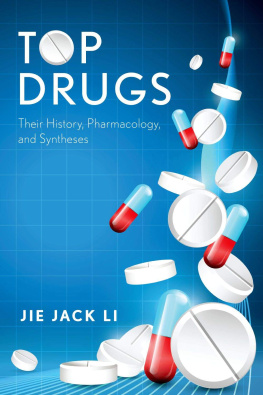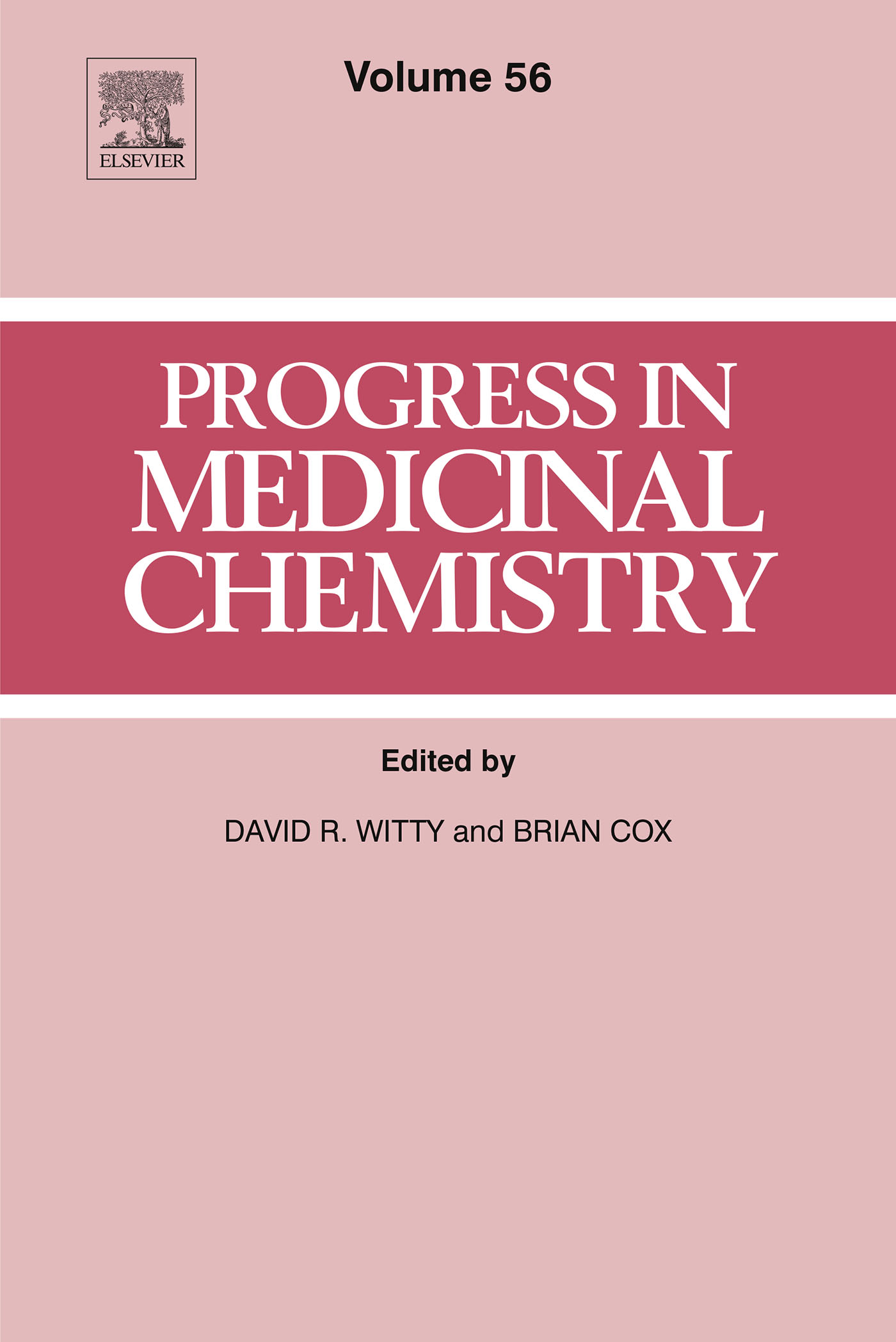There is a pressing need to improve overall productivity in the pharmaceutical industry. Judicious investments in chemistry technologies can have a significant impact on cycle times, cost of goods and probability of technical success. This perspective describes some of these technologies developed and implemented at AbbVie, and their applications to the synthesis of novel scaffolds and to parallel synthesis.
Keywords
Flow chemistry; Parallel synthesis; LOPHTOR; SWIFT; DRIFT; Phoenix; Library design tool; High-temperature chemistry; Flow photochemistry; Electrochemistry; Hazardous reagents in flow; High-throughput chemistry; Synthetic methods; AbbVie chemistry technology
1 Introduction
Of late, drug discovery has been described (by DiMasi and Faden ) as a race in which several firms pursue investigational drugs with similar chemical structures or with the same mechanism of action before any drug in the class obtains regulatory marketing approval. As a point of illustration, in 2005 a mutation in the JAK2 kinase was found in patients with certain haematologic cancers, spurring drug discovery efforts. These efforts led to the filing of some 150 patent applications within the following 5 years. Given this observation, it is imperative that platform technology introductions in the drug discovery space should be able to accelerate the overall process while maintaining quality.
Seen from this perspective, we believe that the enabling chemistry technologies that are used in the drug discovery process, specifically in the context of support of medicinal chemistry programmes, ought to provide a significant competitive advantage. Paul et al. . In the context of a platform chemistry technology group, this means that the innovative solutions developed must have a significant value/impact on medicinal chemistry progress. This is not to say that one should be afraid of failure when evaluating new technologies, but, in general, one should aim for the highest value opportunities.
In this review, we will cover several areas of enabling chemistry technology that have found use at AbbVie, while also highlighting significant contributions of others in the medicinal chemistry space (although some may be, unfortunately, inadvertently missed). In addition, we will describe the application of these technologies to parallel synthesis.
A common theme for us has been the introduction of technologies that are expected to produce efficiency enhancements based on strong theoretical principles. For example, flow photochemistry is expected to offer improvements over batch photochemical reactions based on BeerLambert law considerations. In a similar vein, we expect that reaction rate accelerations at high temperature will occur based on the fundamentals of the Arrhenius equation. Moreover, in the case of flow chemistry, we feel that the use of segmented/compartmentalized flow reaction methodology will enhance the efficiency of compound library production. In practice, although we find meso-flow protocols useful for intermediate scale-up, we avoid the use of flow chemistry when its implementation is unwarranted .
2 The Evolution of Flow-Based Approaches to Synthesis
The field of organic synthesis has historically been dominated by batch processes, relying on round-bottom flasks and batch reactors to undertake the chemical reactions. Systems like these are the mainstays of pharmaceutical synthesis. In the wider fine chemical industry however, alternative methods such as flow chemistry are well established, in part due to the fact that this industry typically produces relatively simple commodity chemicals. For the pharmaceutical industry, the complexity of chemistry carried out has caused the transition from batch to continuous-flow manufacturing to be relatively slow. Transitioning from batch to continuous flow active pharmaceutical ingredient manufacturing is highly complex as multiple steps are involved, frequently with diverse reaction steps along the way. Additionally, the need for reaction quenching, work-ups, phase separation and solvent changes imposes challenges when dealing with multistep reaction sequences. In recent years, however, a number of new flow technologies have been developed, enabling the pharmaceutical industry to move towards the utilization of more continuous-flow synthesis.


